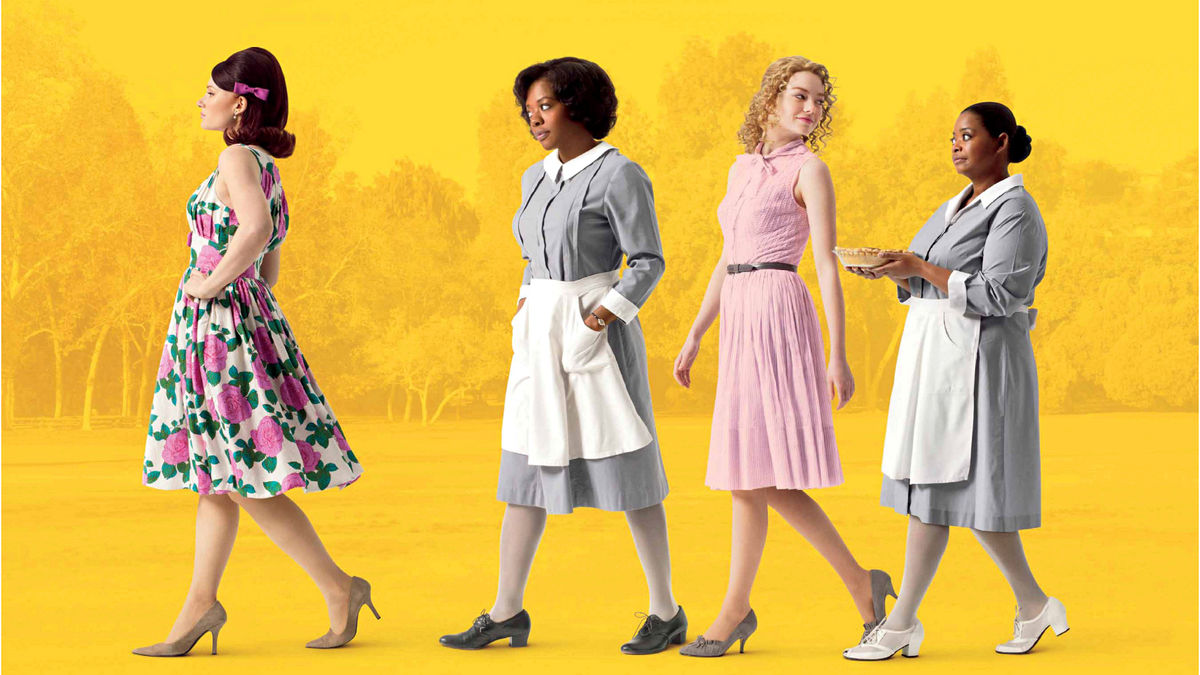Rating: 5 stars ⭐⭐⭐⭐⭐
Recommended for 13+ who want to learn about history while enjoying an entertaining plot
To begin, The Help is about three women in 1960s Jackson, Mississippi: Aibileen, a nanny and maid for the Leefolt family; Minny, an outspoken maid; and Skeeter, a college graduate who wants to pursue writing. Skeeter breaks the barriers of her discriminatory, southern society by writing a book that shares the voices of the black maids. Skeeter interviews the maids about what it is like to work as a black maid for a white family. Hilly Holbrook, Skeeter’s friend at the time, wants to pass a bill that would require every white household to have a separate bathroom for their black maids. Hilly’s initiative was the breaking point that encouraged the maids to tell their stories. The book is a surprise hit, which encourages discussion between black and white women. At the end, Skeeter moves to New York to work in publishing, Aibileen starts a writing career, and Minny finally leaves her abusive husband.
Identity, power, and injustice can all be seen in The Help. The white households hold power over the black housemaids. Additionally, Minny’s husband holds power over her in their physically abusive relationship. Injustice can be seen when Minny loses her job as a maid for Hilly’s mother. Hilly spread rumors about Minny being a thief so no neighbors will hire her simply because Hilly thinks she’s superior. This is very unfair to Minny. Lastly, Aibileen and Minny solely identify as black housemaids in society; this identity makes them feel belittled.
This semester, we discussed ideas including “Othering”, the subaltern, intersectionality, and the single story concept. The black maids are seen as the Other while the white families are seen as the One. Black maids are seen as the subaltern because they have no voice or power; if they speak up for themselves, they will face punishments (ex. being fired). The black maids also suffer from intersectionality as their gender and race overlap to make them very underprivileged in society. Lastly, Hilly places a single story on all black individuals as she believes that black people carry diseases that can harm white people.
Lastly, I think the main idea the author wanted the readers to take away was how racism persisted in every aspect of society in 1960s Jackson, Mississippi. This meant from Jim Crow laws that maintained segregation to casual chats amongst middle-class white women. One question the author might want you to ask yourself is if this social hierarchy still exists today in southern society. The Help inspires a conversation around identity, power, and injustice because it depicts that it’s okay to be unique and that you have to fight against the barriers to reach your big dreams. 
